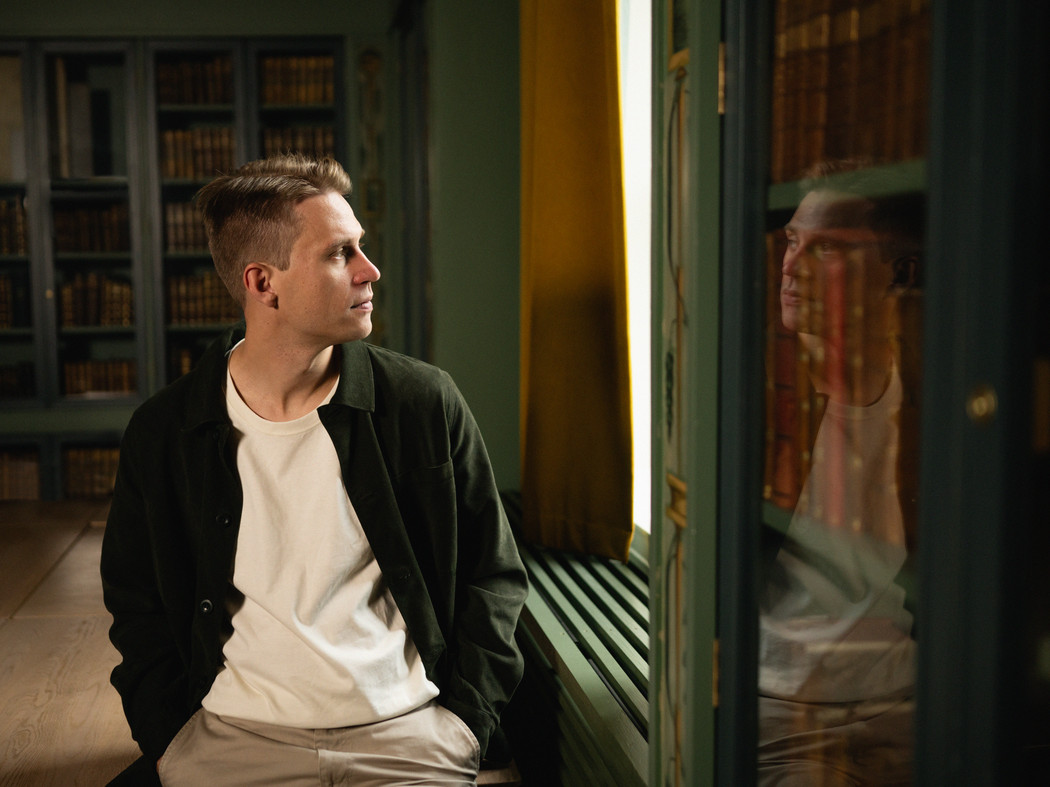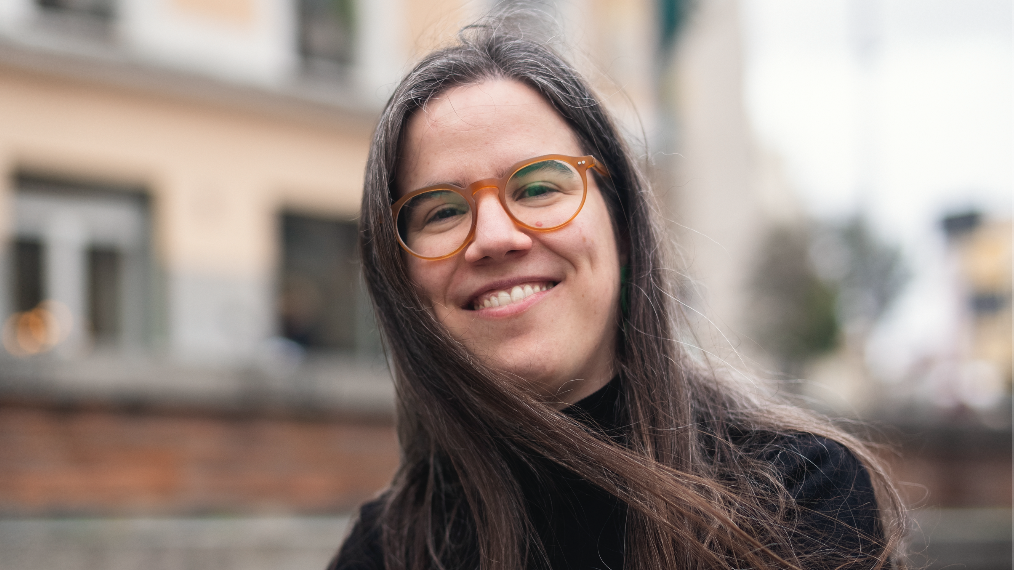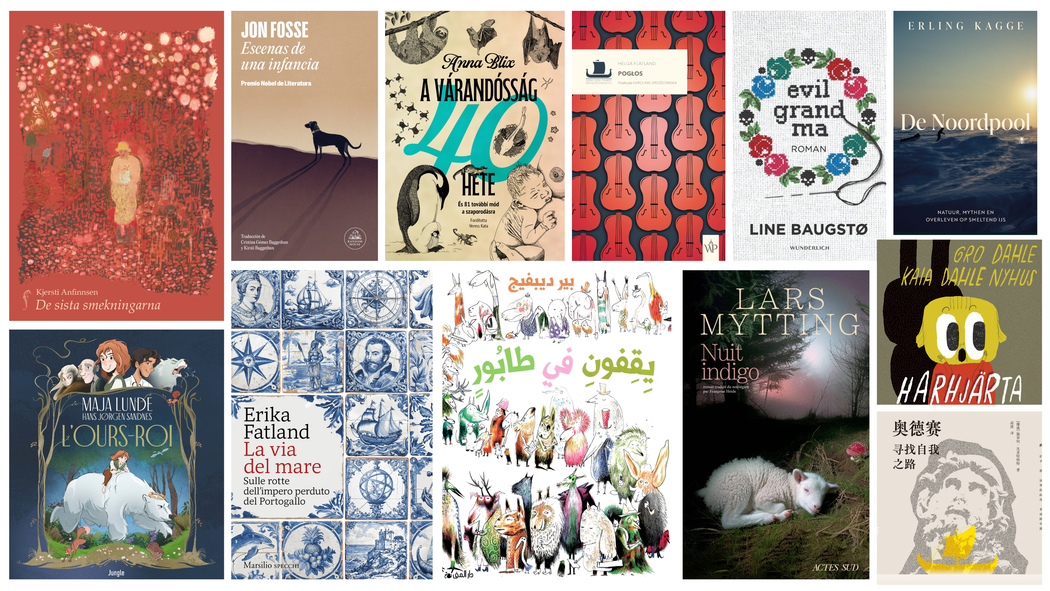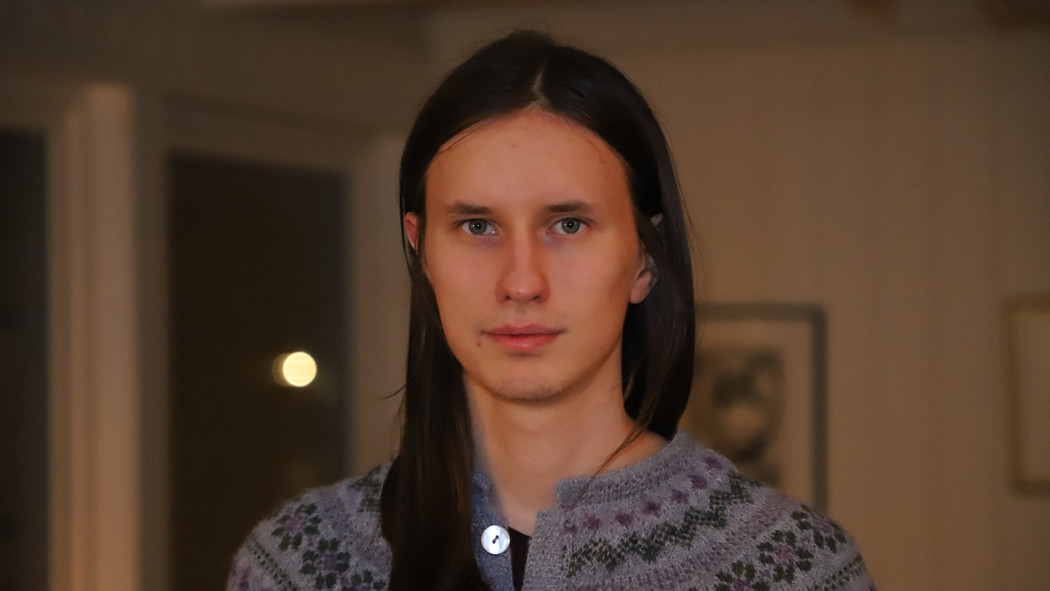Håkon Marcus - Selected Title Author
Håkon Marcus wanted to write modern fantasy with a mysterious touch. – With the Feral-universe I have tried to create a new type of world with a new logic, at the same time as it mirrors and interacts with our own, he says.

Feral is chosen as one of NORLA’s Selected Titles for autumn 2023. Here, the author Håkon Marcus speaks about the book, what inspired him to write it and where and when he works best.
What is your book about?
Feral is about Embla Wilde, a thirteen-year-old girl who’s always felt out of place amongst humans. After she has a strange seizure at school, mysterious things start happening around her. She discovers that she actually belongs to a secret society of “hiderunners” – animals that can take on human form. She encounters people who are all kinds of animals: from ants to moose, birds to sea creatures, insects to predators.
The hiderunners also have their own cities, family clans, shops, customs, schools, political conflicts, and – most importantly – an invisible embassy in the middle of Frogner Park in Oslo, where Embla must prepare for the test she has to take to become a full-fledged hiderunner herself. This is where she’ll learn “wildling”, the hiderunners’ magical powers that are often connected with the species of animal they are. The fox can slip through locked doors, the raven can steal shiny objects, and owls have control over the dark. But which animal is Embla? And why is the evil owl clan trying to kill her?
The search for answers takes her into a rugged and dangerous wilderness where the mountains are higher, the forests are deeper, and wild animals rule. It becomes a battle for survival against both the surroundings and a murderous plot.
What inspired you to write this book?
I’ve always loved fantasy, but over the years, I’ve also felt that the genre struggles to renew itself. There are certain tropes in particular I have issues with – for example, that the main character’s role in the story always has to be innate or determined by fate in an ancient prophecy. I don’t believe you have to be born “special” to accomplish something great.
With the Feral universe, I’ve tried to write something different, to create a new type of world with a new logic that also reflects and interacts with our own. For example, I’ve seen hundreds of stories about people who can become animals, but very few where it goes in the other direction. There’s a tremendous amount of free inspiration there since the animal world is chock full of amazing facts that can have consequences for the hiderunner universe – like the fact that squirrels have larger brains in the fall or that octopuses have three hearts.
Who is this book for?
I suppose it’s for anyone who likes a good mystery. Even though it can’t exactly be labeled as “crime”, Feral is definitely built around a puzzle, and the clues leading to the solution are scattered throughout the book. I conducted most of the target-audience testing with young readers around 10-13, but now that it’s out, I’ve also been receiving messages from seven-year-olds who are devouring it whole and forty-year-olds eagerly awaiting the sequel.
Where and/or when do you work best?
I write best in the mornings and when it’s completely quiet around me. There’s a spot in the writing room at Litteraturhuset that’s been frequently used, and I’ve also spent quite a few hours at the family cabin – alone in a snowstorm with nothing but me and my computer. But I also benefit a lot from writing communities. I have a writing club with some friends that meets up occasionally and have also collaborated extensively with the masterclass I took at NBI (Norwegian Children’s Book Institute). It’s important to meet people and share what you’re working on, otherwise, it can quickly become quite isolated.
Read more
See full presentation of the book here
See all NORLA’s Selected Titles for autumn 2023 here


